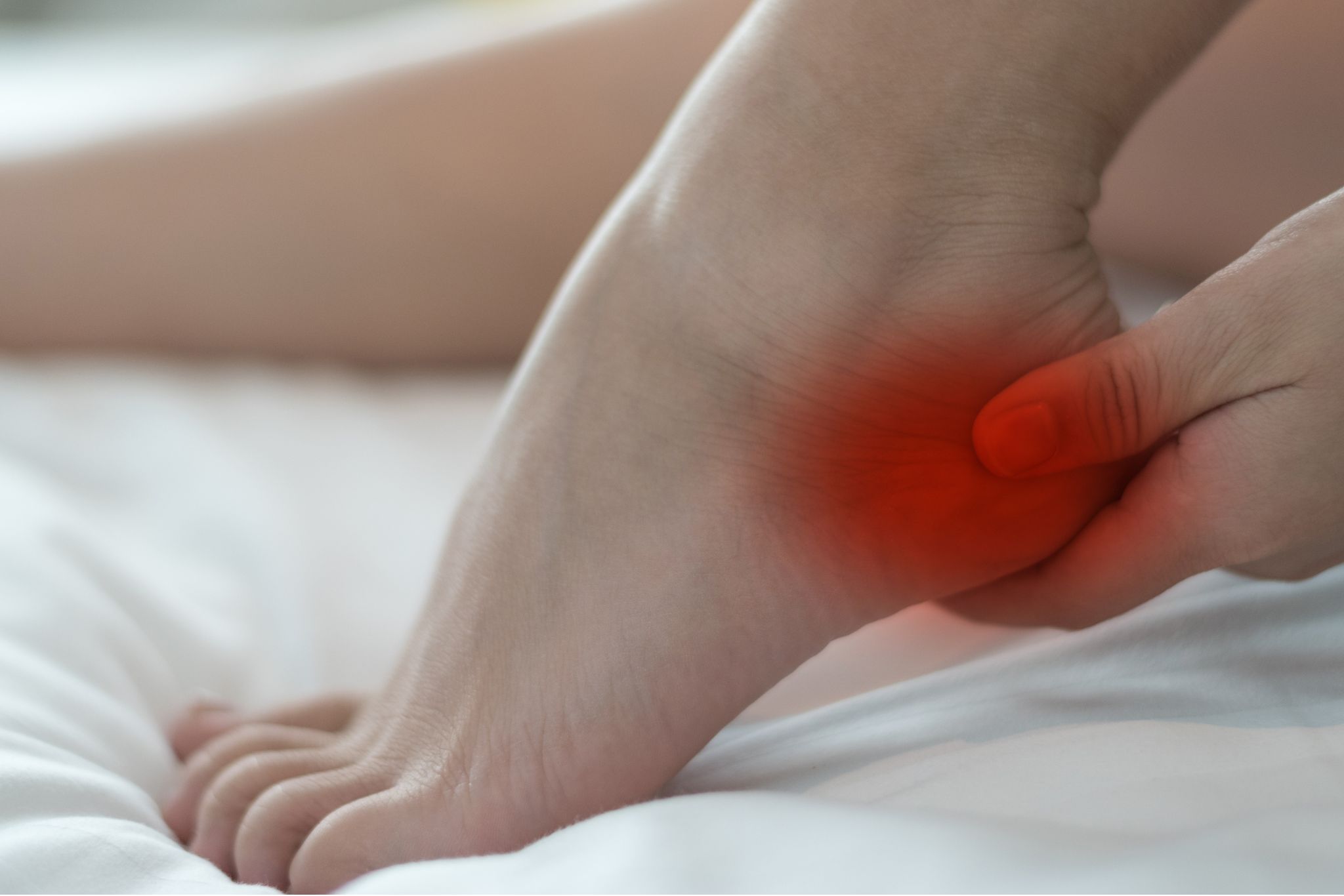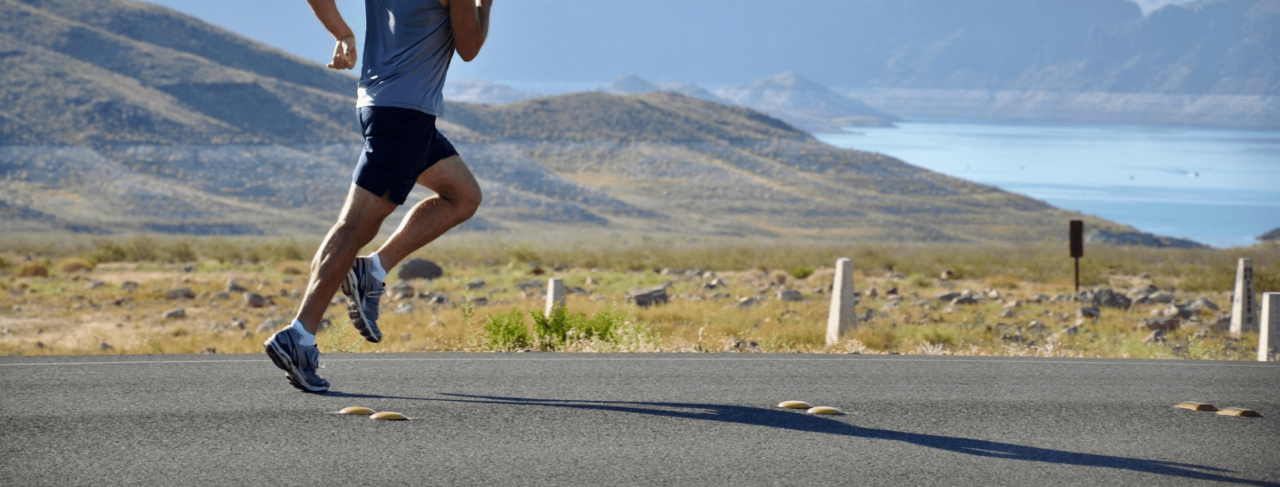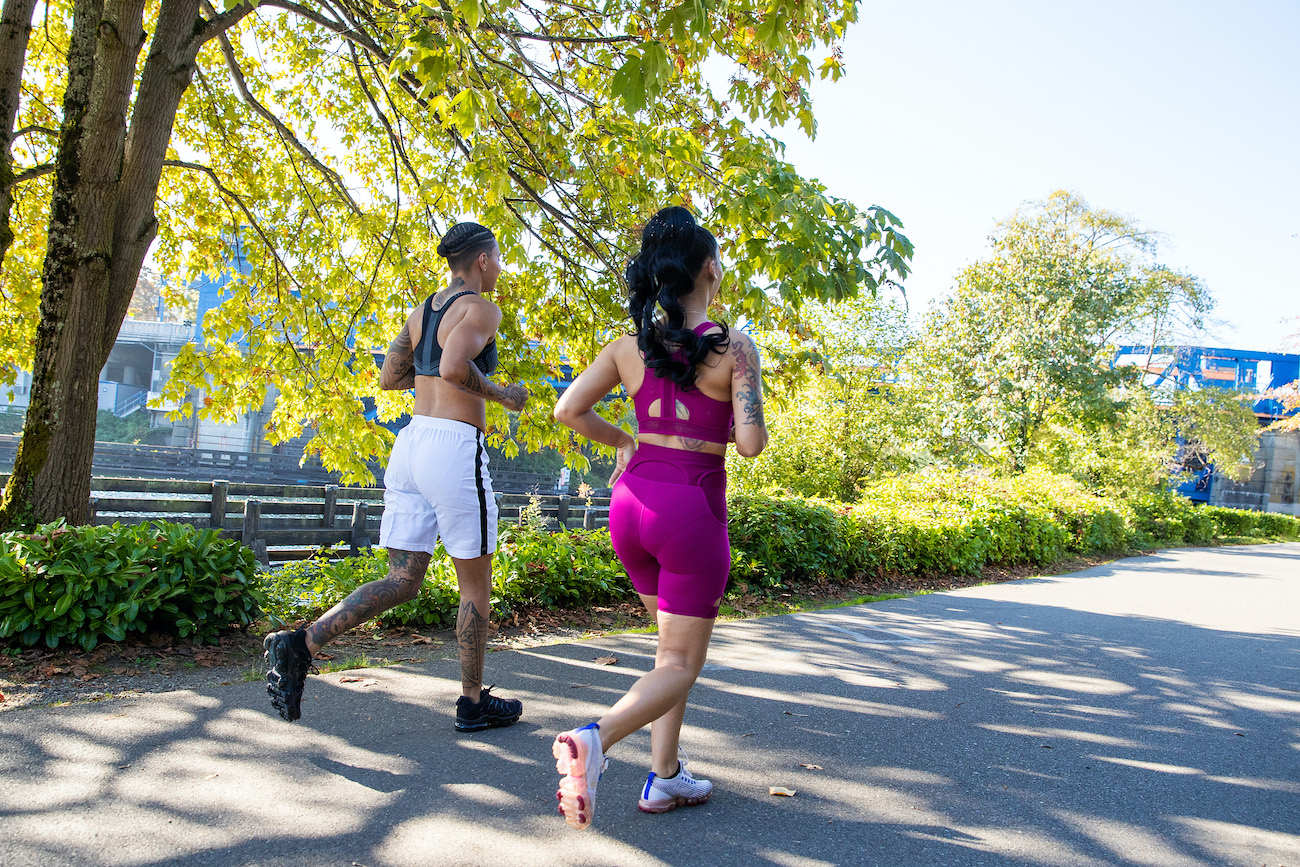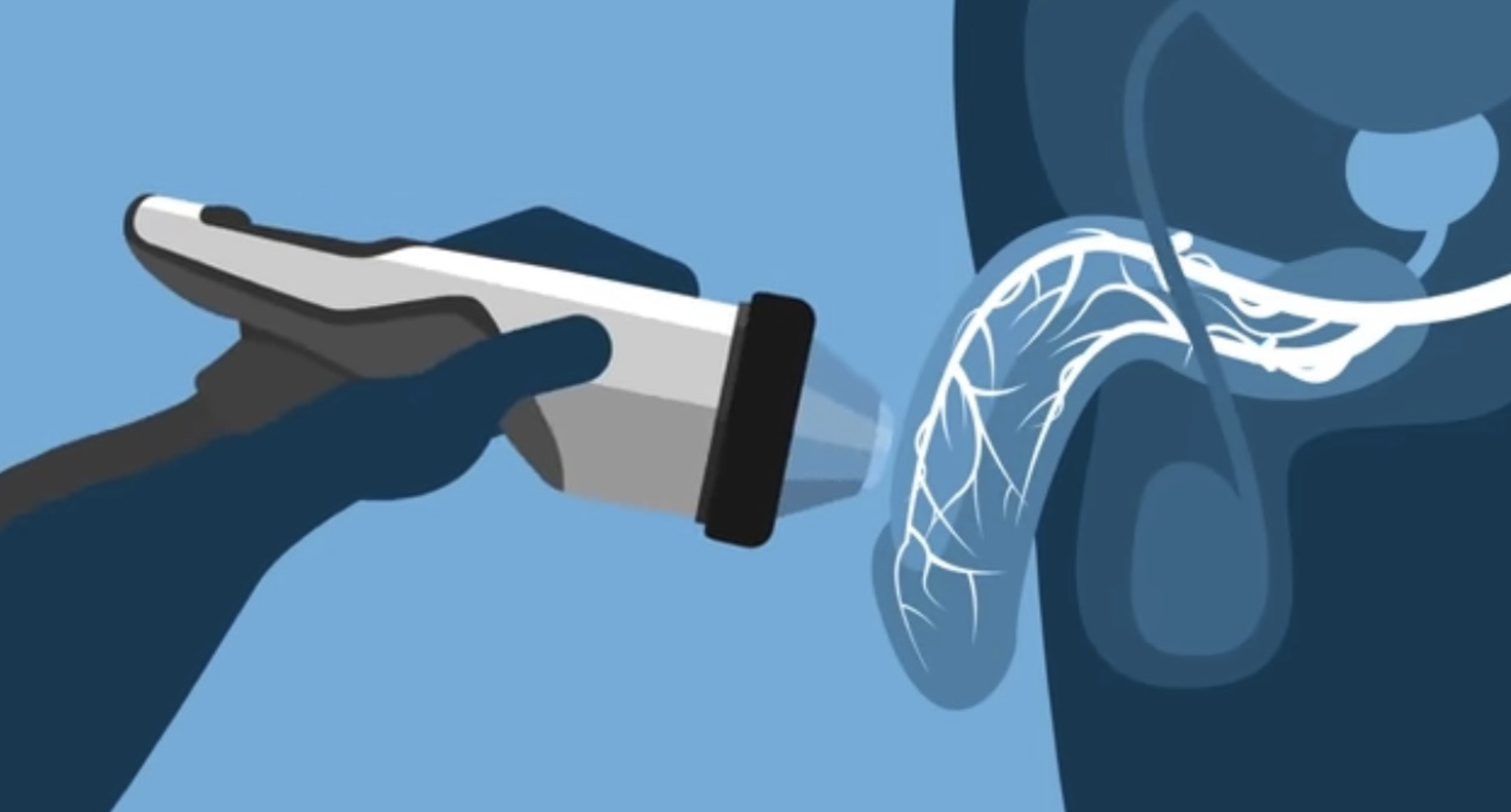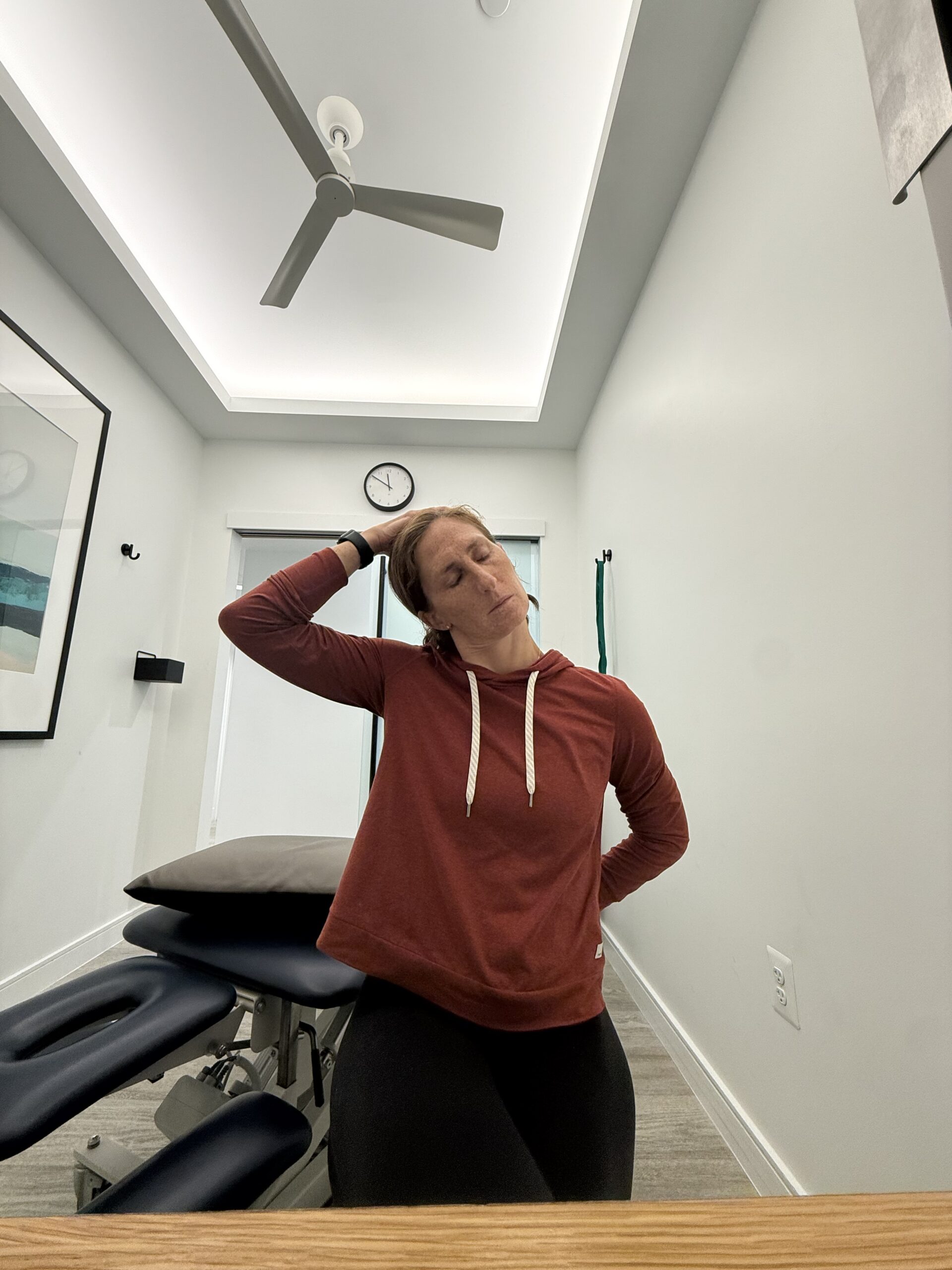Why the Clamshell Isn’t the Best Exercise for Athletes
If you’ve ever seen a physical therapist or googled “runner injury prevention,” you’ve probably been told to do clamshells to strengthen your glutes. The logic seems sound: runners need strong hips, clamshells target the gluteus medius, and stronger hips mean fewer injuries, but there’s more.
Here’s the catch, while clamshells might activate the right muscles, they don’t actually train them in the way a runner needs. Let’s break down why this common exercise might not deserve its go-to status in your strength program.
1. Clamshells Don’t Mimic Running
Running is a dynamic, single-leg activity. Every stride requires coordinated control of hip, knee, and ankle. Clamshells, on the other hand, are done lying on your side with your pelvis fixed and your feet together.
This position removes the load-bearing and balance demands that make hip stability challenging in running. Yes, you’re activating the glute medius, but it is nothing that looks like running. As a result, the strength you build laying on your side doesn’t necessarily transfer to the road or athletic performance.
2. Limited Range and Low Load = Limited Strength Gain
In running, your hips generate and control powerful forces. The clamshell simply doesn’t provide enough load or range of motion to build strength that can handle that demand.
It’s a low-load, low-intensity movement, great for reactivating sleepy muscles early in rehab, but not for developing meaningful hip stability or strength. If you want to build strength that transfers, you need to be weight-bearing, and moving through full ranges of motion under resistance.
3. Overemphasis on Isolation Can Miss the Bigger Picture
Clamshells isolate one muscle, the glute medius, but running is about integration, not isolation. The hip muscles don’t work alone; they coordinate with your core, hamstrings, and even your foot muscles to stabilize and propel you forward.
Exercises that teach these systems to work together like single-leg Romanian deadlifts or step-downs do a far better job preparing your body for the real demands of running.
4. Great for Rehab, Not for Performance
There’s a time and place for clamshells. In early rehab, for example, after a hip tendinitis or surgery — they’re a gentle way to wake up inhibited muscles. But once you can stand, move, and balance without pain, it’s time to graduate to more functional, load-bearing work.
The problem isn’t the clamshell itself; it’s the overreliance on it. Too many runners stop there, thinking they’re “doing glute work,” when in reality, they’ve barely scratched the surface.
5. Better Alternatives for Runners
If you want to build hip strength and control that actually carries over to running, focus on exercises that are:
- Single-leg (to mimic running stance)
- Weight-bearing (to build functional strength)
- Dynamic (to train stability in motion)
Some of the best options include:
Lunges

Single Leg RDL

Speed Skaters

Lateral Step Downs

These movements challenge your hips, core, and balance in ways that directly improve running mechanics and reduce injury risk.
Clamshells aren’t bad — they’re just not enough. Think of them as a warm-up drill, not THE exercise. Runners need strength that transfers to standing, moving, and loading — not just lying on the floor lifting a knee.
If your goal is to run stronger, smoother, and with fewer injuries, skip the endless clamshell reps and focus on exercises that mirror the real sport. Here at Release Physical Therapy, you won’t be doing endless clamshells, schedule an appointment to get your hips and knees stronger for running today.
More blog posts
Have you hit a plateau with your plantar fasciitis treatment?
October 27, 2025
Don’t Get Gaslit into What Exercise is Best for You.
October 16, 2025
It’s Marathon Season!
October 1, 2025
Focal Shockwave for Erectile Dysfunction
September 25, 2025
Sit too much? Try these tips.
September 17, 2025
Meet your therapist, Sally
September 4, 2025


